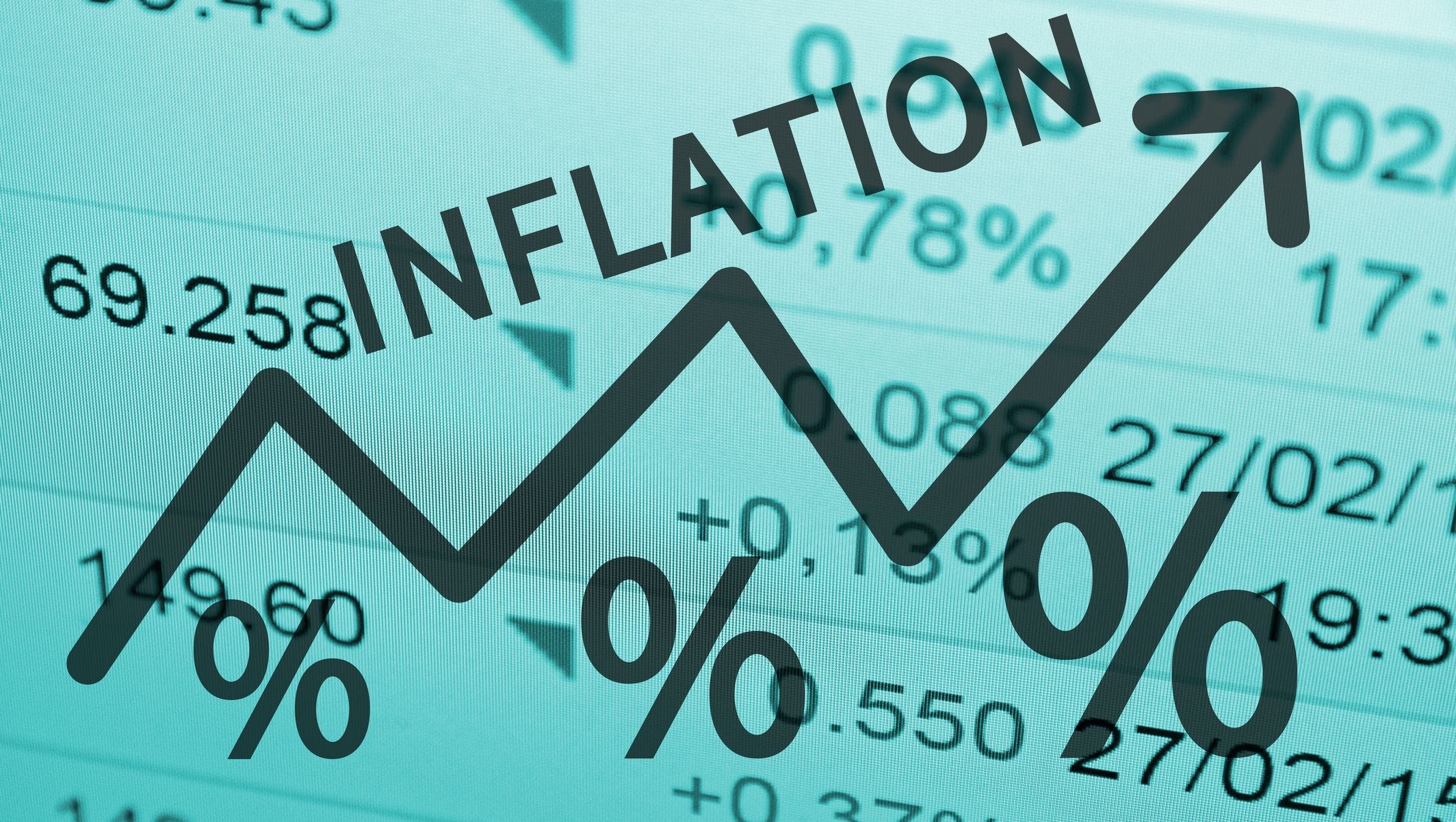The latest numbers from the Federal Bureau of Labor Statistics offer a heaping dose of bad news for everyday Americans. Inflation trackers are at highs not seen in years and several not seen in decades. In the last year, overall prices have risen by 8.2% on average, with daily necessities like food increasing 11.2% and energy rising 19.7%.
Economists are most concerned about the rise in the core Consumer Price Index (CPI) and everyday Americans should be too. Core CPI focuses primarily on non-volatile goods, goods which are less likely to move with temporary inflation and take longer to reflect inflationary trends. Core CPI includes already costly commodities like housing and healthcare. Those goods rose 0.6% just in the last month and is traditionally a sign that inflation is here to stay. Over the past year those goods have risen 6.6%, the highest increase since 1982.
Unfortunately for those trying to keep up, real hourly wages, another important metric tracked by the Department of Labor, has actually decreased in the last 18 months, despite the significant rise in the cost of living.
In addition to impacting everyone who needs to balance their budgets with a fixed or stagnant income, the cost of doing government is increasing significantly. It is going to cost more for the government, federal, state and local, to go about its regular business. For example, Social Security, which is relied upon by about 40% of senior citizens for at least half of their monthly income, increases with the cost of living. Social Security already makes up 21% of the federal budget and benefits are set to increase 8.7%. On top of that, higher interest rates, intended by the Federal Reserve to combat inflation, mean the debt held by our governments is more expensive and those interest payments will eat up even larger chunks of their budgets. This will impact the ability of our governments to help those affected by inflation and could lead them to seek out new sources of revenue, potentially making a bad situation even worse.
